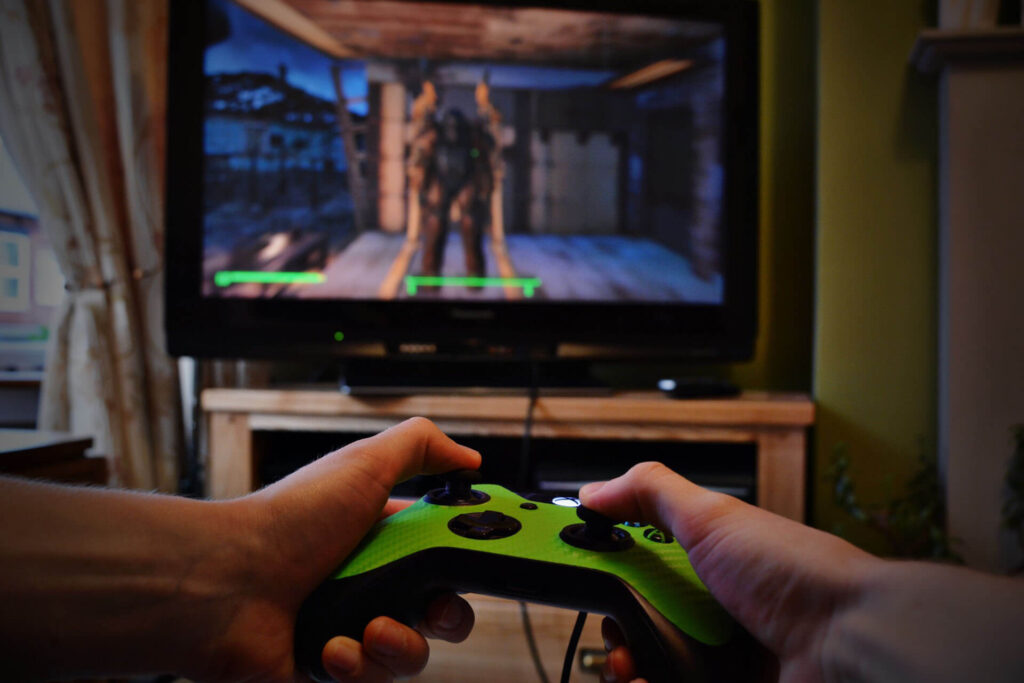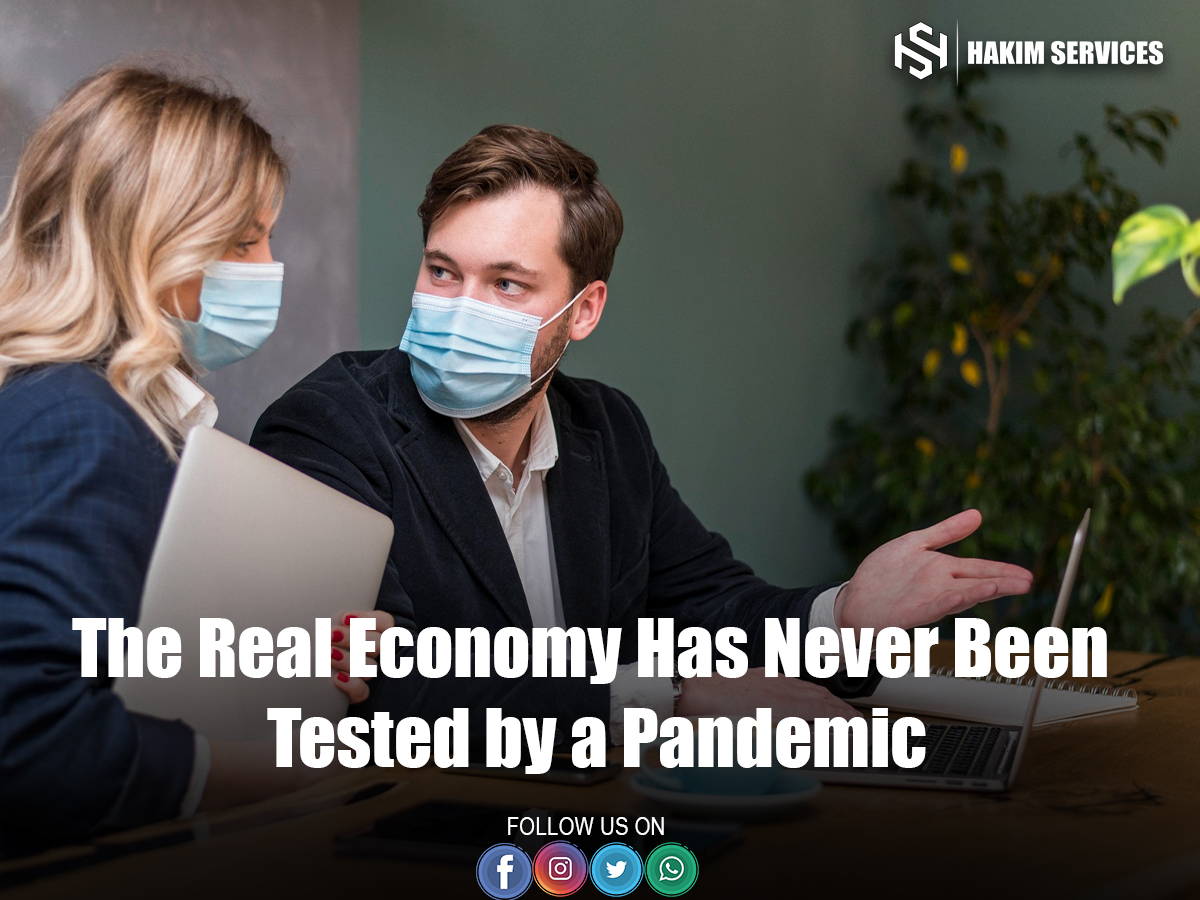Introduction
- Discuss the unprecedented nature of the pandemic’s impact on the global economy.
- Highlight the contrast between the pre-pandemic and current economic landscapes.
Table of Contents
The Pandemic’s Economic Shockwaves
- Explain how the pandemic disrupted supply chains, labor markets, and consumer behavior.
- Analyze the immediate financial impact on various sectors.
Adapting to New Economic Realities
- Discuss the shift to remote work and its long-term implications.
- Explore the rise of e-commerce and digital services.
The Resilience of the Mass-Market
- Examine how mass-market industries have adapted to changing consumer demands.
- Highlight the success stories of businesses that pivoted effectively.
Luxury Markets in Times of Crisis
- Investigate how luxury brands have fared during the pandemic.
- Discuss the idea of mixing luxury with mass-market trends in the current economy.
Mental Satisfaction vs. Financial Needs
- Explore the balance between personal well-being and economic survival for individuals and businesses.
- Offer insights into maintaining this balance during challenging times.

The Future of Fashion and Economy
- Predict how fashion trends might evolve post-pandemic.
- Speculate on the long-term economic changes resulting from the pandemic.
The Fabric of Resilience: Weaving Fashion and Identity Through Economic Uncertainty
The Crassness of Celebrity and the Purity of Creation
In the world of fashion, the allure of celebrity is a siren call that many designers choose to ignore. It’s a world where authenticity reigns supreme, and the focus is on the art rather than the artist. The true revolution in fashion comes not from the red carpet but from the studios where designers, like secluded alchemists, transform visions into tangible expressions of identity.
A Day’s Labor, A Lifetime’s Philosophy
The creation of a collection is a day’s work, but its impact lasts a lifetime. Behind every stitch and seam is a narrative of relentless dedication. Designers are often under pressure, with the echoes of Italian craftsmanship urging them on, reminding them that simplicity often holds the most profound beauty.
Optimism in Design and Economy
Optimism is the thread that binds the future of fashion with the real economy. In a world tested by a pandemic, luxury remains a beacon of hope and continuity. It’s not just about grandeur; it’s about the freedom that financial stability brings—the freedom to create, to innovate, and to dream.
The Modern Tapestry of Fashion
Today’s fashion landscape is a tapestry of contrasts—luxury interwoven with mass-market appeal, creating a modern aesthetic that defies the traditional norms. No longer do individuals subscribe to a single designer; instead, they curate their wardrobes as one would an art collection, with pieces that resonate with their personal story.
Confidence as the New Couture
Confidence is the new couture, the invisible yet palpable accessory that completes every outfit. It’s the knowledge that elegance is not defined by labels but by the self-assurance with which one carries oneself. In this modern era, abstinence from fleeting trends offers a unique opportunity to cultivate a style that is both timeless and reflective of one’s deepest self.
The Integrity of Heritage and the Call for Change
Fashion is an ever-shifting landscape, moving with the speed of light, yet it demands a steadfast point of view. To maintain integrity, one must stay grounded in their heritage while embracing the winds of change. It’s a delicate balance between honoring the past and charting a course for the future.
The Art of Learning and the Craft of Change
For the artist, fashion is a perpetual state of learning—a journey that challenges both technically and visually. It’s about tearing apart cliches and reconstructing beauty in unexpected ways. Every day is a chance to change, to push boundaries, and to create garments that not only adorn the body but also reveal the soul.
Navigating Through Contrast: Fashion’s Role in Today’s Economy
Beyond the Glitz: The Essence of True Design
Fashion transcends the glitz of celebrity culture, focusing on the essence of creation. It’s about crafting a narrative that speaks to the future, not dwelling on the past.
The Alchemy of Simplicity in Design
Designers are often pressed for time, but true artistry lies in the ability to create profound statements through simplicity. A collection designed in a day can reflect a lifetime of philosophy.
Optimism: The Fabric of the Future
Optimism weaves through the fabric of fashion and the economy alike. In uncertain times, it’s the optimism that drives new projects and opportunities, allowing luxury to thrive.
The Modern Mosaic: Blending High-End with Accessible
The modern fashion landscape is a mosaic of high-end luxury and accessible mass-market trends, reflecting a world where no one is bound to a single designer.
Confidence: The Ultimate Fashion Statement
Confidence is the ultimate fashion statement, transforming not just attire but also the wearer’s mood and self-assurance. It’s about making a statement that resonates with personal identity.
Integrity in Motion: Staying True Amidst Change
Fashion moves swiftly, but maintaining integrity requires a strong point of view. It’s about staying true to one’s heritage while embracing the evolution of style.
The Art of Transformation: Learning Through Fashion
Fashion is an art form that demands continuous learning and adaptation. It’s about challenging oneself to create clothes that reveal the wearer’s personality and sense of self.
The Economy in Pandemic Times: A Test of Resilience
The pandemic has presented an economic challenge like no other, testing the resilience of global markets and individual livelihoods.
Shockwaves Through the Market: Pandemic’s Impact
The pandemic’s impact on the economy has been profound, disrupting traditional business models and consumer behaviors.
Adapting to Economic Shifts: The New Normal
As the world adapts to the pandemic, new economic realities emerge, reshaping the way we work, shop, and interact.
The Mass-Market’s Resilient Response
The mass-market has shown remarkable resilience, adapting quickly to meet the changing needs of consumers in a pandemic-stricken world.
Luxury in the Time of Crisis: A Balancing Act
Luxury brands face a unique challenge during the pandemic, balancing the allure of exclusivity with the necessity of adapting to new consumer priorities.
Balancing Well-Being with Economic Survival
Individuals and businesses alike must find a balance between mental satisfaction and financial stability, especially during times of economic uncertainty.
Fashion and Economy Post-Pandemic: Looking Ahead
The pandemic will leave a lasting imprint on both fashion and the economy, but with change comes the opportunity for innovation and growth.
Conclusion
- Summarize the key points discussed in the article.
- Offer a hopeful perspective on the future, emphasizing adaptability and innovation.
Fashion and Identity FAQs
- How does fashion reflect personal identity? Fashion is a form of self-expression, allowing individuals to showcase their personality, beliefs, and preferences.
- Can fashion choices impact one’s confidence? Yes, the right clothing can boost self-esteem and influence how one is perceived by others.
- What role does fashion play in societal change? Fashion often mirrors societal shifts, reflecting and sometimes influencing cultural and social dynamics.
- How important is sustainability in fashion? Sustainability is becoming increasingly crucial as consumers and designers prioritize eco-friendly practices.
- What does it mean to have a ‘timeless’ style? Timeless style refers to garments and looks that remain elegant and relevant across different eras.
Economic Resilience FAQs
- How do pandemics affect the global economy? Pandemics can disrupt supply chains, alter consumer behavior, and impact global trade and investment.
- What strategies can businesses employ to survive an economic downturn? Diversification, digital transformation, and agile management are key strategies for resilience.
- How can individuals protect their finances during a pandemic? Building an emergency fund, reducing unnecessary expenses, and investing wisely are critical steps.
- What economic lessons have we learned from past pandemics? Past pandemics teach the importance of preparedness, adaptability, and the need for robust healthcare systems.
- Can a pandemic lead to new economic opportunities? Yes, challenges often lead to innovation, such as the growth of e-commerce and remote work technologies.
Fashion and Economy Combined FAQs
- How does the fashion industry respond to economic crises? The fashion industry often adapts by shifting trends, exploring new markets, and embracing digital platforms.
- What is the ‘new luxury’ in a post-pandemic world? New luxury focuses on experiences, personalization, and values alignment rather than just high price tags.
- Can economic downturns influence fashion trends? Yes, economic conditions can lead to more practical and versatile fashion choices among consumers.
- How do mass-market and luxury brands differ in their approach to economic challenges? Mass-market brands may focus on affordability, while luxury brands emphasize exclusivity and heritage.
- What is the significance of ‘classy and fabulous’ in today’s fashion? Being ‘classy and fabulous’ is about elegance and charm that transcends economic conditions.
Pandemic and Lifestyle FAQs
- How has the pandemic changed our daily lifestyles? The pandemic has led to more remote work, increased health awareness, and a shift towards digital interactions.
- What impact has the pandemic had on mental health? The pandemic has heightened stress and anxiety levels, making mental health support more important than ever.
- Can fashion be a form of escapism during tough economic times? Yes, fashion can provide a sense of normalcy and joy, offering a creative outlet during uncertain times.
- How can we balance luxury and practicality in a pandemic-influenced economy? Balance comes from investing in quality pieces that offer both style and functionality.
- What role does innovation play in the fashion industry’s response to a pandemic? Innovation is key to adapting to changing consumer needs and overcoming logistical challenges.
General FAQs
- How can I stay informed about changes in fashion and the economy? Regularly reading industry news, following thought leaders, and attending webinars can keep you updated.
- What is the best way to approach fashion and investing during uncertain times? Prioritize versatility in fashion and diversification in investments to mitigate risks.
- How can I make ethical fashion choices? Research brands’ practices, support local artisans, and consider the environmental impact of your purchases.
- What financial advice is most relevant during a pandemic? Focus on saving, avoid panic selling, and seek professional advice if needed.
- How can I contribute to economic recovery post-pandemic? Support local businesses, advocate for responsible policies, and engage in community initiatives.
Advanced FAQs
- What are the long-term effects of a pandemic on consumer behavior? Consumers may become more value-conscious, health-oriented, and supportive of ethical brands.
- How can the fashion industry become more resilient to future economic shocks? Investing in sustainable practices, flexible supply chains, and digital experiences can build resilience.
- What can we expect from the ‘future of work’ post-pandemic? A hybrid model with a mix of remote and in-office work is likely to become more prevalent.
- How does one maintain a sense of luxury in a constrained economy? Focus on quality over quantity, and find luxury in experiences and personal growth.
- What is the role of creativity in economic recovery? Creativity drives innovation, which can lead to new business models and growth opportunities.
